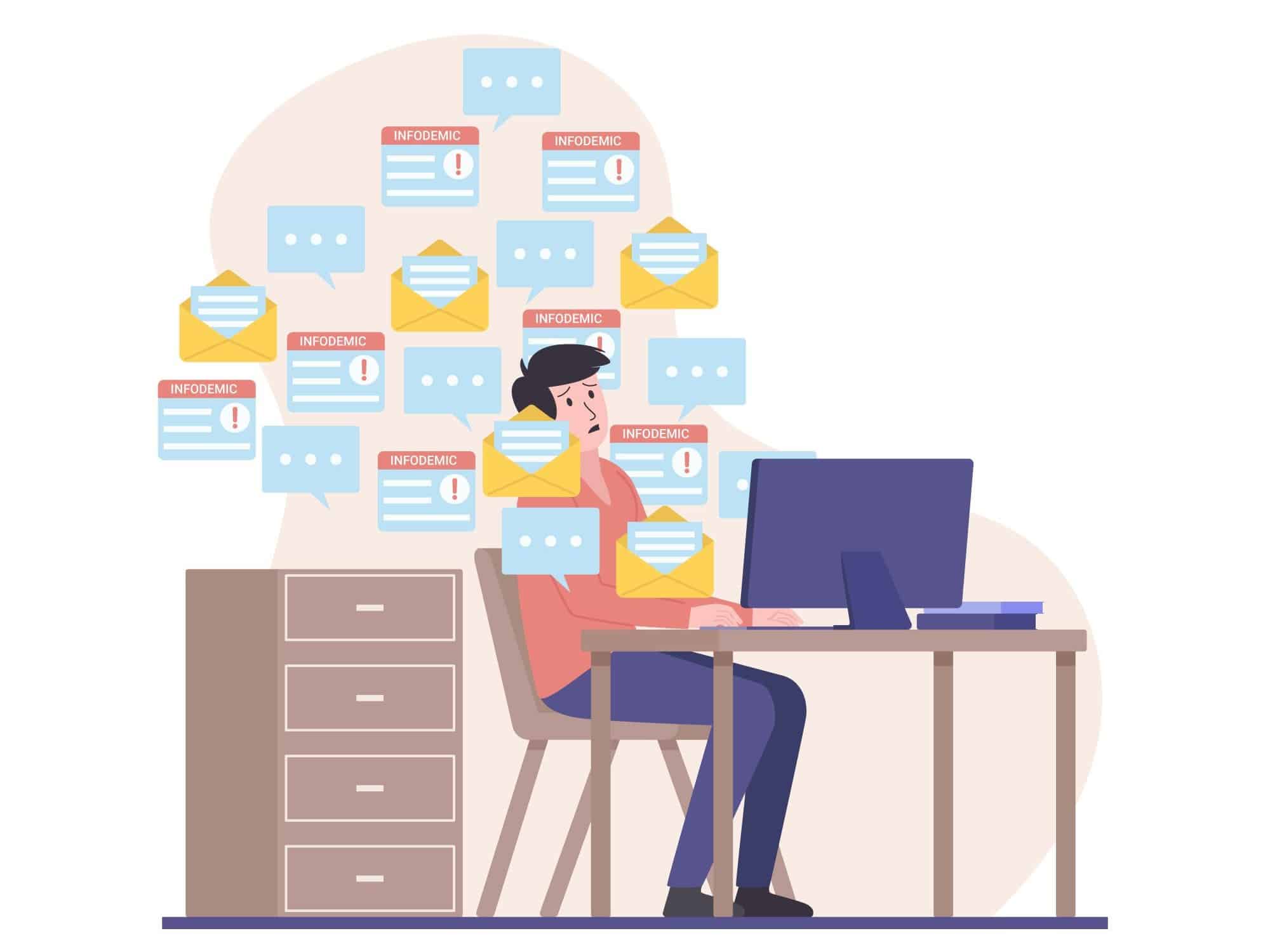Alternative Data is a term for data that comes from places other than the usual ones. This type of data is often used in financial analysis. It can come from social media, satellite images, or even Wikipedia.
Alternative Data is valuable because it helps investors make better predictions. This guide will talk about the different types of alternative data and how proxies can help in scraping them.
What is Alternative Data?
Alternative data is a growing type of non-traditional data that gives businesses new ways to understand how customers’ behavior.
Some examples of this are satellite images, government data, and even weather patterns. This wide range of data can be helpful for companies to make better decisions about their product lines and marketing strategies.
How is Alternative Data Generated?
There are three main sources of alternative data: individuals, business processes, and sensors. Let’s talk in detail about what each one means.
Individual
There are many ways to get alternative data, but the most common way is through individual data. Some of the things that make up an individual’s data are social media, product reviews, and search engines. By reading what people say directly on these platforms, individual data is a great way to find out how people feel about your company or products. But it’s important to remember that this kind of data is not very organized and is hard to sort through. Because of this, it’s important that individual data sets are well-organized and only have the essential data points.
Business Processes
Business processes are organized sets of data that give investors a complete picture of a business’s finances. Examples of business process data include credit card transactions, sales, corporate, and government data.
Sensors
Sensor data is mostly unstructured data. It is becoming increasingly popular as investors find more ways to use it to make better financial decisions. Some examples are geolocation data, satellite imagery, point-of-sale (POS) data, and CCTV video footage.
How to Scrape Alternative Data?
Finding the data set you want to scrape is the first step in getting alternative data. You can look for data sources with the necessary information to do this. For example, if you want to learn more about a particular company, you can search for it on sites like LinkedIn and Crunchbase. When you search for your target company, you can also find out what other companies have similar names or locations. This will help you avoid scraping the wrong company’s data by accident.
Once you’ve found a dataset, use a web scraping tool like Scrapebox to download all its content into an Excel spreadsheet. This will make it easier for you to manipulate and analyze the data later.
Use an Excel formula or another programming language to pull out specific fields from each row of your downloaded spreadsheet. Then put them in separate columns on a new sheet within your document. Lastly, put each column in alphabetical order, so it’s easier to read and analyze later.
What are the Benefits of Scraping Alternative Data?
Alternative Data is used in making investment decisions. It has information from social media and satellites that can be used to predict consumer trends and other changes in the market. Often, it’s more accurate than the traditional ways of measuring money. This is because it uses sources of information that are less likely to be biased, like surveys of customers and weather patterns, instead of estimates or projections from the company.
You can also learn about how people act by looking at this data. This can help you improve your marketing by letting you know who you’re trying to reach and what they want to see from you.
Investors can also use alternative data to decide which stocks to buy or sell. By looking at alternative data from companies with similar products or services, an investor can better understand how well those things are selling and whether they’ll continue to do so in the future.
What are the Challenges of Scraping Alternative Data?
The IP blocks are the hardest to deal with when scraping alternative data. Websites put these blocks in place to stop people from scraping their information, which can be annoying for some reasons. For example, if you have a scraper that works on a set schedule, it may be able to scrape some sites but not others based on their IP block policies. This could cause you to miss out on important information that could have helped your business.
Geo-restrictions are another common problem. A website can use these to stop people from seeing certain content based on where they are. Let’s say that your scraper can’t get to some parts of a site because they’re blocked because of where you live. In that case, it will also cause your business to miss out on possible chances to collect data.
The last thing is speed. If you’re trying to scrape something like news articles, you must ensure your scraper is fast enough to handle these and other problems, like sudden traffic spikes or server outages.
How do Proxies Overcome The Challenges for Scraping Alternative Data?
All the challenges above are easy for proxies to solve because their main job is to hide the client’s IP address.
When you need to access data restricted by IP blocks and geo-restrictions, you can use proxies to overcome these limitations.
For example, if you want to scrape data from a website that is only available in Japan but you are in Canada, an IP proxy can help.
A proxy server acts as a middleman between the client computer and the Internet. When you use a proxy server, the connection between your computer and the proxy server is encrypted. Then, when you ask the Internet for web pages, they are sent through this encrypted connection instead of going straight from your computer to their servers.
This means that if someone looks at the traffic on your network, they won’t be able to see what sites or services you are using because they are all encrypted by your proxy service provider.
Proxies are also an effective way to overcome low speed in scraping alternative data. Using a proxy, you can send your requests through another server, which will send them out and return the results to your computer.
Using proxies is helpful because they let you scrape faster than you could with just your internet connection. This is because they can be anywhere in the world and have access to many different servers that might not be in your own country or region.
Final Thoughts
It’s important to know that scraping alternative data can be very helpful. It can give you the information you need to make smart business decisions. It can also help you find the information you need in a way that works for your business.
But getting the information you need from third-party sources is not always easy. This guide talked about some of the challenges that can come up when scraping alternative data and how proxies can help. We hope this information was helpful



